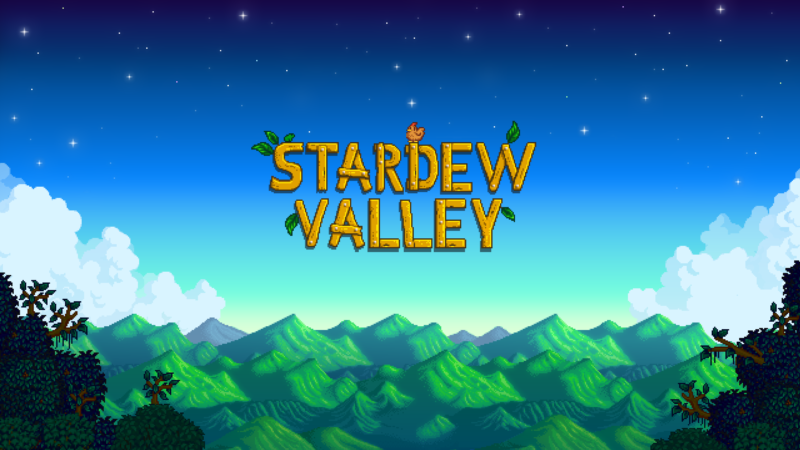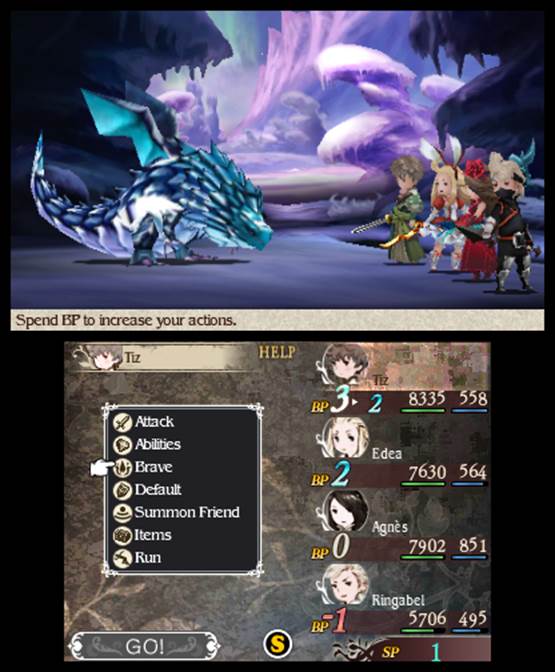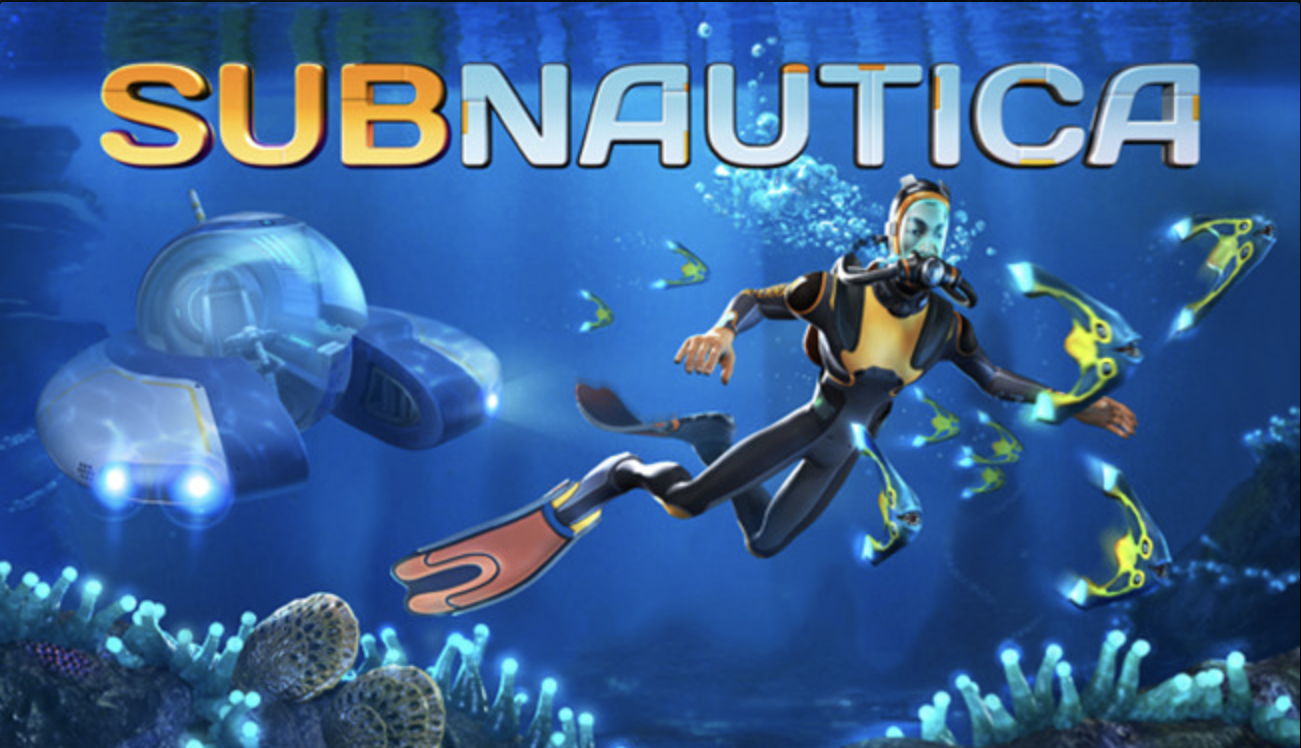
(Picture taken from https://arstechnica.com/gaming/2019/12/stardew-valley-my-familys-2019-game-of-the-year/)
Stardew Valley is an open-ended country-life Role Playing Game. Player starts with a few basic tools and has to farm, mine and fish to obtain more resources while helping to restore the old town. The player is also able to talk to NPCs and maintain a friendship with them by giving them gifts and in turn, receives items and other benefits.
Website: https://www.stardewvalley.net/
Game trailer: https://www.youtube.com/watch?v=ot7uXNQskhs
What I do in one game day:
- usual morning routine (watering crops, harvesting and/or planting, attending to animals, selling crops)
- talk to NPCs, give gifts
- mine/fish
What I am focused on in the game:
- the time, day of the week, date and season in top right-hand corner: different things occur at different times of the day and season
- hotbar
- energy bar (and sometimes health bar) at the bottom right-hand corner: to monitor energy (and health) levels to decide what to do next
Elemental Tetrad 1 – Story:
- Player may feel a sense of nostalgia or some kind of emotional attachment to the setting of the game as the plot of land is passed down from the player’s father where he used to live before moving to the city. The game maintains this “relationship” by the father continuing to send money to the player in the farm, and one of the NPCs sometimes mention the player’s father in his dialogue.
- Different NPCs also have their own storylines, personalities and circumstances which adds to the depth of the game, makes the game more interesting as the player learns more about the stories of the different characters
Elemental Tetrad 2 – Mechanics:
- Inventory management: player starts with only 12 slots in inventory, so the number of items the player can carry at any one time is very limited, forces the player to walk home to drop off stuff when player’s inventory is full
- Goals: goals are set by the player himself and there are various ways the player can play the game thus allowing for many many hours of re-playable content
- speed runs
- complete “optional” main quests in the game
- set own arbitrary goals
- Time and energy management: each day has a limited period of time from 6am to 2am and player only has a limited amount of energy so time and energy is precious and player can only do so much in one day. Also, the player has to go to bed by 12am, otherwise there could be consequences (lose gold, wake up with less energy the next day thus hindering the player’s progress).
- Other examples include health, weather, seasons
Elemental Tetrad 3 – Aesthetics:
- Game is very aesthetically pleasing. Made with pixel art and graphics look simple but detailed, with wide range of colours. When seasons pass, the scene/settings also change such as different coloured leaves.
- Also very simple UI
- Music is also quite well-done. Usually calming, relaxing and cheerful but can change when player is at different areas (at the town vs at the mines). There is also different soundtracks for different events that happen in the game.
Elemental Tetrad 4 – Technology:
- Not computationally or graphically intensive, able to play on various devices (PC/mac, console, mobile)
Lens 1: Essential Experience
- Player can choose to do anything from a wide range of activities, endless gameplay
- Limited time and energy forces players to think about what to do to conserve energy and make full use of the time and energy
- “Social” (even in singleplayer) – NPCs are almost like real players as they move around the map, can be interacted with and have various different personalities, makes you feel connected to the characters and sympathise with them
- Complete collections to rebuild the town to its former glory, instills a sense of achievement
Lens 2: The Lens of Surprise
- Though some may find the lack of a tutorial to be a disadvantage of the game, I find that it adds on to the fun of it because sometimes the player can discover new areas, items as well as new ways of doing things, all on their own.
- This encourages players to be curious and explore the game by themselves
- Also encourages players to share tips and tricks with one another (via forums or YouTube videos), builds the community
(Picture taken from https://cheerfulghost.com/jdodson/posts/2055/stardew-valley-shaping-up-to-be-a-beautifully-unique-game)
Lens 39: The Lens of Time
- Time is often of the essence in the game, having only a set and limited amount of time in each game day that feels short yet it is still long enough to complete a substantial number of activities and allows the user to feel accomplished. It still leaves the player wanting for more.
- The current day and date that the player is in also affects certain aspects of the game such as farming and giving gifts.
- If player plants the crops a day too late, it may result in one less harvest for those crops and player loses out on the opportunity to make more money
- Players can take advantage of NPCs’ birthdays to give them gifts to gain many more friendship points than if gifted on a regular day, allowing player to more quickly max out the friendship points with NPCs
Lens 46: The Lens of Economy
- In singleplayer, the player can buy and sell items to NPCs. Main source of income for players is from selling harvest and animal products.
- As money is limited, players have to make mindful and meaningful decisions about buying items with the money that they have earned, such as:
- buying seeds for the most profitable crops
- buying seeds for less profitable crops but for other benefits
- upgrading tools
- equipment and armour
- farm buildings, more animals
- Items that players buy can go towards making more money and making more progress in the game or for aesthetic purposes
- Crops or most of the items that the player can sell also have secondary uses and thus sometimes it may not be wise to sell all of them away and have to think through what they should sell and how much of it
- As the player progresses, he/she will earn money more easily but items such as equipment and farm buildings will also progressively become more expensive to purchase, maintaining the difficulty of the game


















